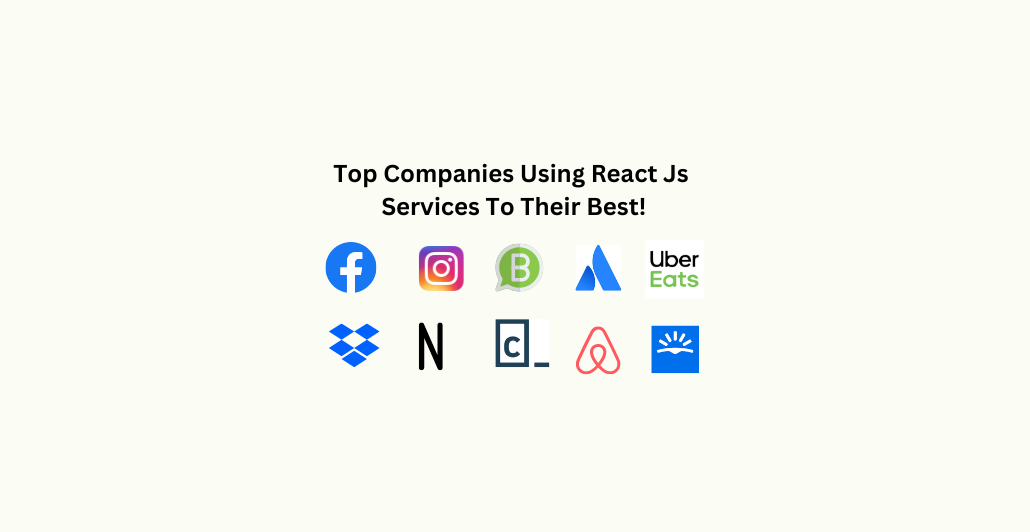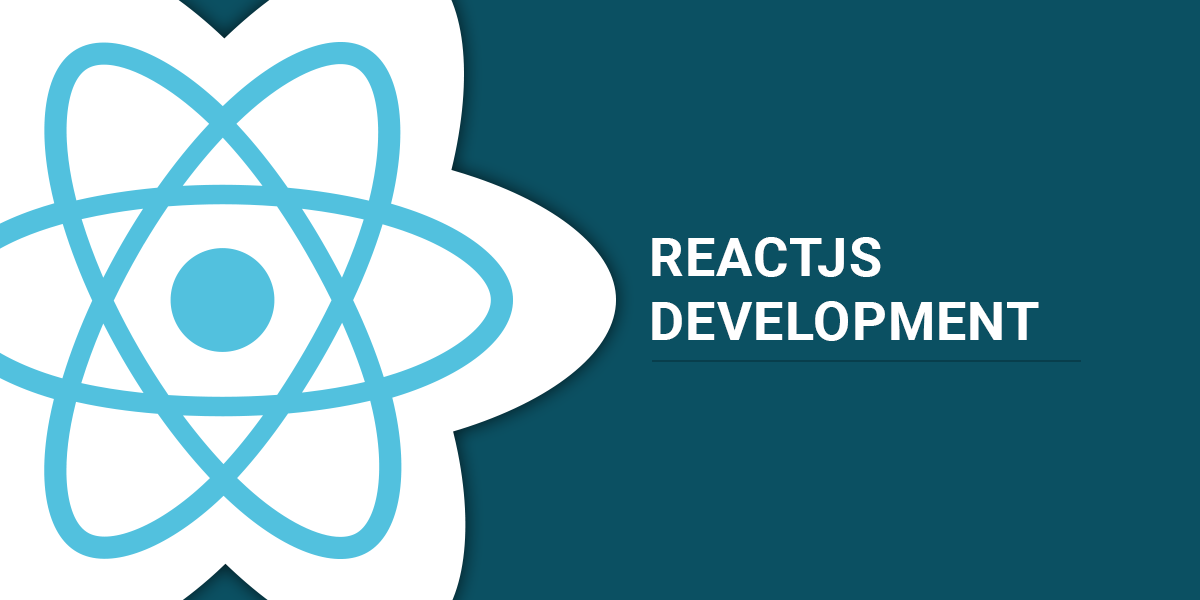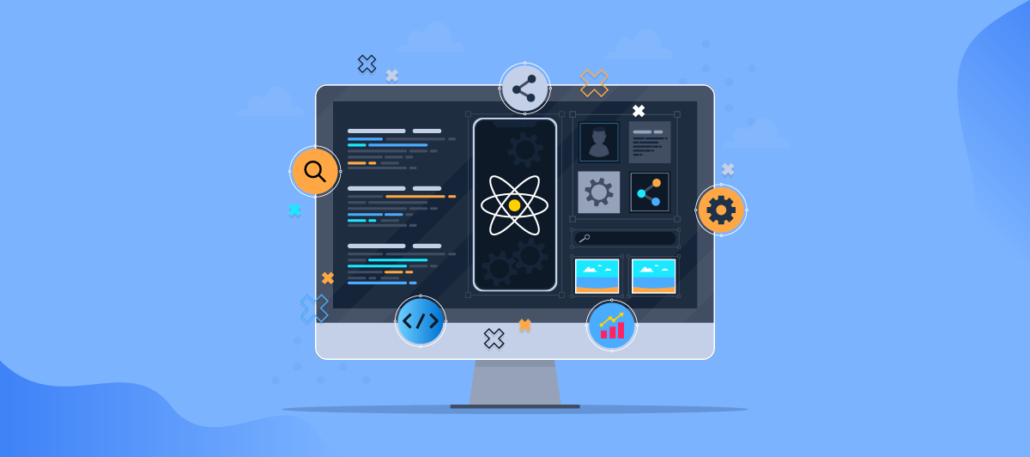Introduction to React javascript
If you're a web developer or someone interested in the world of programming, chances are you've come across ReactJS. This powerful and popular JavaScript library has been making waves in the industry for its ability to create dynamic and interactive user interfaces. Whether you're an experienced programmer or just starting your coding journey, React is definitely a name worth knowing.
We'll dive deep into the world of React development and explore why it has become the go-to choice for many web developers. We'll uncover some of the advantages of using React for software development, highlight top companies and websites built with React, discuss available tools and libraries to enhance your development process, explore common use cases of React in real-world scenarios, and provide guidance on how to get started with js development services.
So buckle up as we embark on this exciting journey through all things React! Whether you're looking to level up your skills or considering using React for your next project, this article will serve as your comprehensive guide. Let's jump right in!

The Advantages of Using React for Web Development
React is a popular JavaScript library that has gained immense popularity in recent years. It offers several advantages that make it an ideal choice for web development projects.
One of the main advantages of using React.js is its component-based architecture. This allows developers to break down complex user interfaces into smaller, reusable components, making the code more modular and easier to maintain.
Another advantage of React is its virtual DOM (Document Object Model). The virtual DOM enables React to efficiently update only the necessary parts of a webpage when changes occur, resulting in faster rendering and improved performance.
React also provides excellent support for SEO (Search Engine Optimization) due to its server-side rendering capabilities. This means that search engines can easily crawl and index content rendered by React, leading to better visibility in search results.
Additionally, React has a large and active community, which means there are numerous resources available for learning and troubleshooting any issues that may arise during development. This community-driven support system ensures that developers can quickly find solutions and stay up-to-date with best practices.

Top Companies and Websites Built with React
React has gained immense popularity among web developers due to its numerous benefits and flexibility. Many top companies and well-known websites have chosen React for their development needs. Let's take a look at some of them.
Facebook, the creator of React, uses it extensively in their platform. The use of React allows Facebook to create interactive user interfaces that can handle large amounts of data efficiently.
Instagram, another popular social media platform, also utilizes React for its web application. With React, Instagram is able to provide a seamless user experience while managing a vast amount of visual content.
Netflix is known for delivering high-quality streaming services to millions of users worldwide. They rely on React for building responsive and fast-loading user interfaces that enhance the overall viewing experience.
Airbnb, the renowned online marketplace for accommodations, leverages the power of React to ensure smooth navigation through thousands of listings and real-time updates without sacrificing performance.
These examples demonstrate how top companies across various industries trust and utilize React for their web and app development costs and needs. Its versatility makes it suitable for businesses ranging from social media platforms to e-commerce websites or even news portals.

Available ReactJS Development Services
When it comes to developing applications with React, developers have a wide range of tools and libraries at their disposal. These resources are designed to enhance the development process, improve productivity, and create high-quality applications.
One popular tool is Create React App (CRA), which allows developers to set up a new JS project quickly. It provides a preconfigured build setup that includes all the necessary dependencies, allowing developers to focus on writing code instead of spending time on configuration.
Another valuable tool is Redux, which is a predictable state container for JavaScript apps. Redux helps manage application state in an organized and efficient manner by providing a central store where data can be accessed and modified.
For UI design and component libraries, developers often turn to Material-UI or Ant Design. These libraries offer ready-to-use components that follow best practices in terms of design and accessibility.
Other notable tools include Jest for testing purposes, Babel for transpiling modern JavaScript features into browser-compatible code, ESLint for code linting and error checking during development, and Webpack for bundling assets such as JavaScript files, stylesheets, images, etc., into optimized bundles.
With these tools at their disposal, React developers can streamline their workflow while ensuring the delivery of robust and user-friendly applications. Whether it's setting up projects quickly or optimizing performance of web apps through efficient routing systems or managing application state effectively using Redux these tools play a crucial role in enhancing the overall development experience with React.

Common Use Cases of React in Web Development
React has become one of the most popular JavaScript libraries for building user interfaces, and its versatility makes it suitable for a wide range of web development projects. Whether you're creating a simple website or a complex web application, React can be used to enhance the user experience and improve performance.
One common use case of React is in building single-page applications (SPAs). SPAs provide a seamless browsing experience by loading all necessary assets upfront and dynamically updating content as users navigate through different pages. With React's component-based architecture, developers can easily create reusable UI components that update efficiently without reloading the entire page.
Another common use case is in developing mobile applications using frameworks like React Native. React Native allows developers to build native-like mobile apps using JavaScript and shares code between iOS and Android platforms. By leveraging shared codebase, businesses can save time and resources while delivering high-quality mobile experiences to their users.
React is also commonly used for building real-time data-driven applications such as dashboards or analytics tools. Its virtual DOM enables efficient rendering of large datasets by only updating the necessary components, resulting in faster performance compared to traditional methods.
Furthermore, many e-commerce websites utilize React for their shopping cart functionality. The ability to update product information dynamically without refreshing the page provides an interactive shopping experience for customers.
In addition, React can be utilized in content management systems (CMS) where dynamic content needs to be displayed based on user interactions or changes made by administrators. Its declarative syntax simplifies state management and ensures consistent rendering across different devices and browsers.
Whether it's creating SPAs, developing web and mobile apps together, handling real-time data updates, enhancing e-commerce experiences or powering CMS platforms - there are numerous use cases where incorporating React into your web development project can bring significant benefits.

How to Get Started with React Services?
Getting started with React services may seem daunting at first, but with the right resources and guidance, you'll be up and running in no time. Here are a few steps to help you kickstart your journey into ReactJS web app development.
Familiarize yourself with the basics of JavaScript and HTML/CSS. React is built on top of these languages, so having a solid understanding will lay a strong foundation for your React projects. There are plenty of online tutorials and courses available to get you started.
Next, install Node.js on your machine if you haven't already done so. Node.js is an open-source JavaScript runtime environment that allows you to run JavaScript on the server side. It's essential for building and testing React applications.
Once Node.js is set up, use npm (Node Package Manager) to create a new React project by running a simple command in your terminal or command prompt. This will generate all the necessary files and dependencies needed for your project.
After creating your project structure, it's time to dive into coding! Start by understanding how components work in React. Components are reusable units of code that allow you to build complex UIs efficiently.
You can then begin building out individual components such as buttons, forms, or navigation bars using JSX syntax - a combination of JavaScript and HTML tags within the same file. Make sure to leverage the power of props (properties) to pass data between different components seamlessly.
To enhance your development workflow further, consider using tools like Babel and Webpack. Babel helps transpile modern JavaScript features into browser-compatible code while Webpack bundles all your code files together for optimized performance.
Immerse yourself in the vibrant React community where developers share their knowledge through forums such as Stack Overflow or Reddit groups dedicated specifically to React JS development.
Remember that learning any new technology takes practice and patience. The more projects you undertake using React services, the better grasp you'll have on its concepts and best practices.

Conclusion
In this digital age, React has become a game-changer in the world of web development. Its flexibility, efficiency, and vast ecosystem of tools and libraries have made it the go-to choice for many developers and businesses.
Whether you are a small startup or an established enterprise, utilizing React development services can help you build powerful and user-friendly web applications that deliver exceptional performance. The advantages of using React are evident in its ability to enhance speed, improve scalability, and boost developer productivity.
To accelerate your React development process even further, there is a wide range of tools and libraries available. Whether you need state management with Redux or routing with React Router, these resources make it easier than ever to create robust applications.
Embracing react js app development company will give your business a competitive edge by less development costs and enabling faster development cycles while delivering high-quality user interfaces that engage users effectively.

